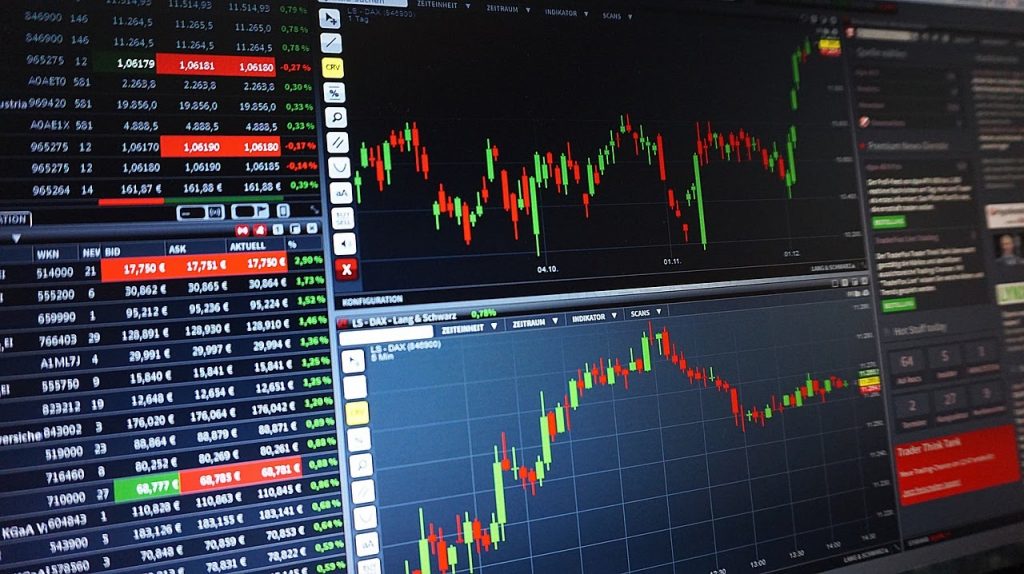Engaging in forex gives you a chance to participate in a worldwide market with a lot of potential. Forex has earned recognition for generating rapid gains for its appeal along day traders. In terms of complexity and competition, it is just like any other global marketplace. Traders might come across different forex trading strategies, so it is crucial to pick one that’s right for your degree of expertise, your goals, and the situation at hand. You can also acquire knowledge from some of the professional forex trading blogs to get an idea about productive strategies for trading forex.
Let us now go through different trading strategies which traders can use as per their conveiece.
- Position Trading- In this strategy, the traders sustain their positions for a prolonged period of time, starting from a few weeks then to an entire year. This technique needs the traders to have a broad outlook of the market and to withstand small market swings that oppose their position as a long-term trading strategy.
- Tools Used: In this strategy, traders prefer to use a trend-following approach. They depend on analytical data to examine the on-going markets and find optimum entry and exit opportunities. They also do a fundamental study to discover micro and macroeconomic factors that might influence the asset and market values.
- Trend Trading- This is an easy and genuine forex trading strategy that all the traders can utilize. Using this strategy lets the traders trade along the on-going direction of the price trend. To accomplish this, traders should first regulate the entire trend direction, strength and length. Traders don’t require knowing the precise time or direction of the reversal in a trend trading strategy. All they must have is the information on when to quit their existing position to lock in profits and limit losses.
- Tools Utilized: To implement this strategy, the traders utilize simple and ascending moving averages, including moving average convergence/divergence (MACD) and average directional index (ADX), to analyse the intensity and direction of the current trend. As the price momentum normally changes before a price shift, momentum indicators like relative strength index (RSI) and stochastic oscillator can be helpful in identifying exit possibilities.
- Range Trading- This strategy is completely based on the concept of support and resistance. These are the lowest and highest level points that the price might hit before it moves back to the opposite direction on a price action graph. This resistance and support level develops a trading range that is bracketed.
- Tools Utilized: Range traders use resistance and support levels to gain information about when to enter and exit trades, and in what positions they should grasp. They achieve this by taking the help of banded momentum indicators like stochastic oscillator and the RSI.
- News Trading- Forex markets might get affected by global economic events since it is an international market. Traders can guess breakouts, or short-term (multiday or intraday) market moves by analysing the news of the country’s economic events and their possible influence on currency pairs.
- Tools Utilized: In case of this strategy, traders prefer to use indexes such as the consumer confidence index (CCI) and economic calendars to analyse when a shift begins and in which way the price would shift. With the help of this view, they’ll be on the lookout for price consolidation, which eventually will provide them information before an incoming outbreak.
- Swing Trading- This trading is a useful strategy for traders who want to benefit from short-term price spikes. These minor surges and falls might run counter to the current trend, necessitating a more confined market viewpoint. Because swiss trading method requires cautious market supervision and rapid response, it is mostly prioritised by day traders who can keep a track of price shifts every minute.
- Tools Utilized: This strategy is focused on both technical and fundamental analysis. On the technical aspects, traders examine price movement after several days using momentum indicators and moving averages. Swing traders also choose to use micro and macroeconomic indicators to help them evaluate the worth of an asset on the technical side.
Conclusion
Each of the aforementioned techniques has its own set of benefits and drawbacks. When selecting which approach to use, it’s essential to think about your past experiences and current situations.


